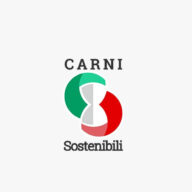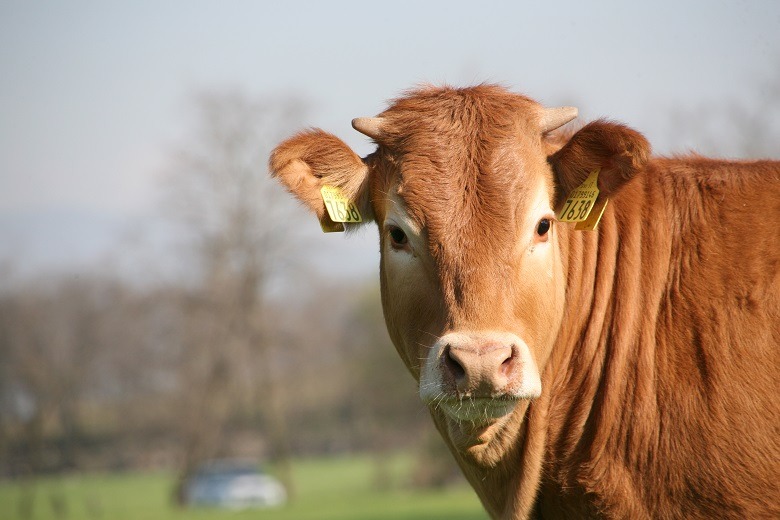
Institutional controls of meat quality in Italy
In Italy, the protection of food security is entrusted mainly to official control activities carried out by the Ministry of Health, in compliance with the food safety model introduced in the European Union by Regulation 178/2002, Regulation no. 882/2004 and subsequent regulations of the so-called “Hygiene Package”.
The Ministry operates at central level, with the General Directorate for hygiene and food safety and nutrition and at regional level with its Regional Offices. To these are added the controls of the Regions and Autonomous Provinces of Trento and Bolzano, through their territorial structures, Departments of Prevention of Local Health and public Laboratories of Official Control, such as the Animal Disease Prevention Institutes.
The controls are designed to ensure that food and feed on the market comply with the regulations aimed at protecting consumers health, animal welfare and prevent food fraud. In the first two cases one intervenes to ensure the safety of the consumer, avoiding contamination and preventing situations that could lead to the development of bacterial contamination.
In the case of commercial fraud, however, controls verify the conformity of the product with the characteristics declared by the manufacturer about the amount or source, and determine any tampering that could cause danger to human health. In both cases, non-compliant or products considered dangerous are blocked before their arrival on the market, or withdrawn from the market.
The controls, which take place throughout the supply chain, cover both Italian or foreign products to be marketed domestically and Italian products destined for export. In general, the surveys provide a fully investigated product through inspections, sampling and laboratory analysis, inspections, or in production processes with controls that may include also the staff assigned to processing.
As for the meat sector, the controls are focused on farms, with regard to health and animal welfare, as well as slaughterhouses in the processing industries. Continuing along the chain of distribution, attention is drawn to the rules for labelling and compliance with consumer information requirements.
According to the provisions of Regulation no. 882/2004, the controls are programmed on the basis of a risk assessment (and thus, targeting the sectors/activities/operators that can be associated with a greater risk for the health of the consumer) and integrated, that are managed in a coordinated manner among the various authorities involved in the control along the supply chain. The objective is to enable more efficient action and avoid duplication.
Complementing the official controls provided by the legislation, businesses in the food industries have to implement self-control plans in accordance with the principles of HACCP (Hazard Analysis Critical Control Points), to ensure the hygiene of processes, prevent risks to consumer health, define the procedures of intervention in cases of non-compliance and monitor the effectiveness of the program.
The Sustainable Meat Project





